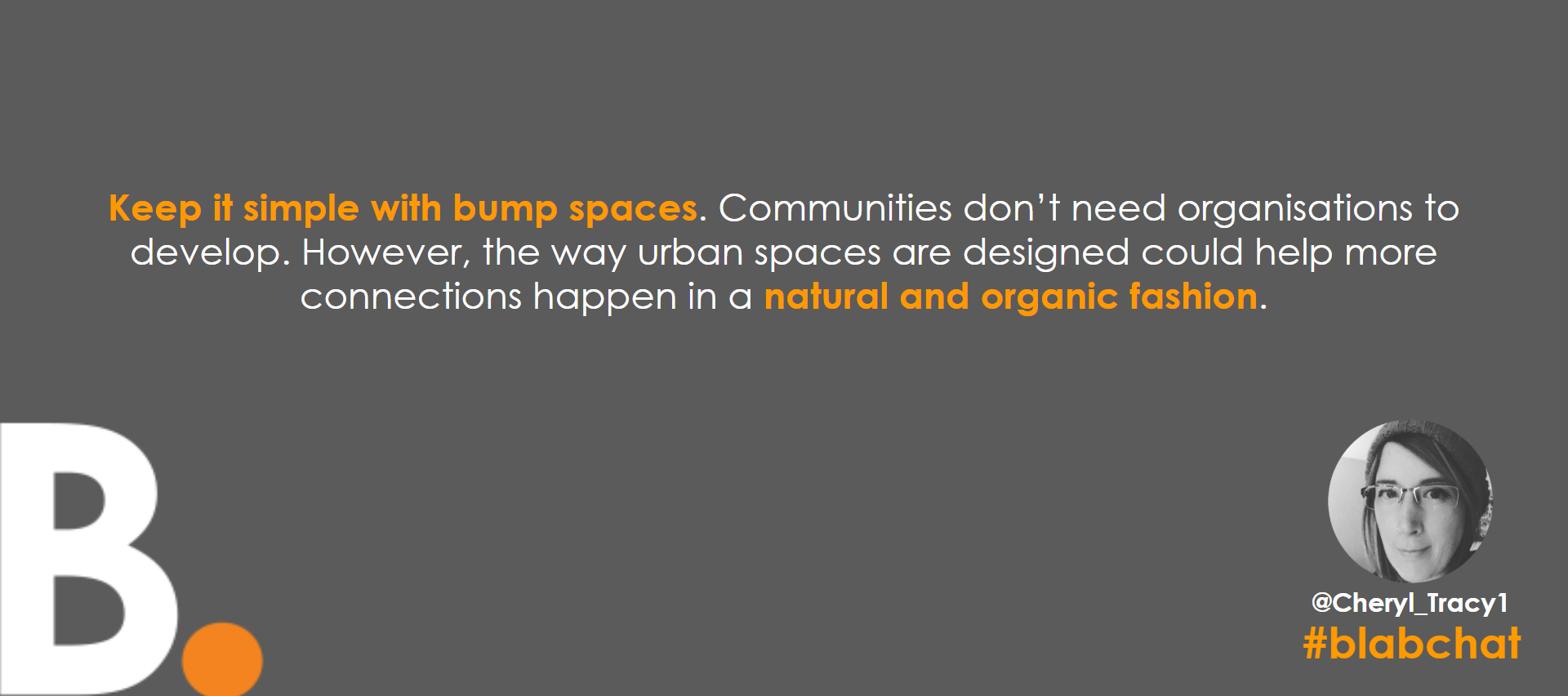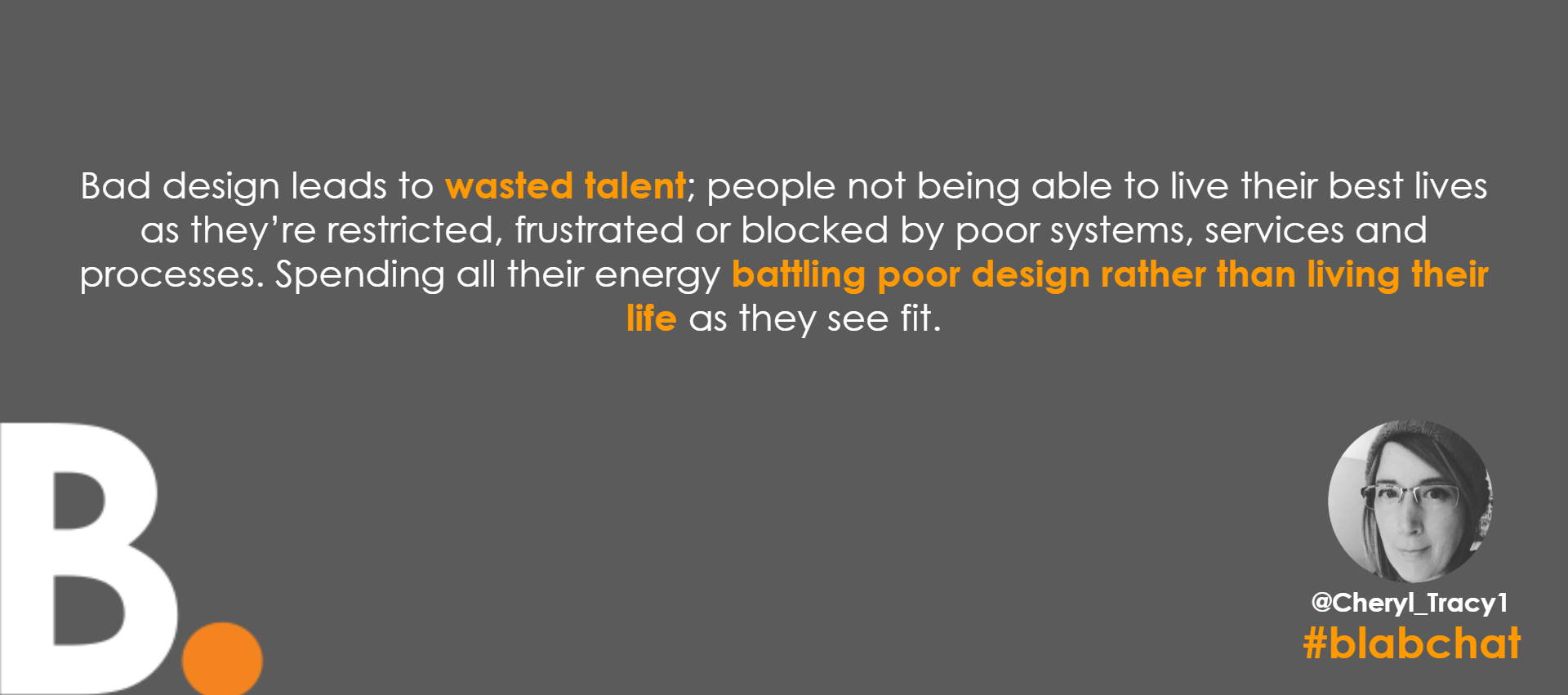The problems faced by society today are primarily human centred. Shortages and inequality of resources, environmental challenges, health well-being and lifestyle challenges as well as a range of other factors are all part of an ecosystem of interconnected issues, that when tackled in isolation, impact negatively on other parts of the system.
On a localised level, these same problems are being faced by the public and social sectors here in the UK. Organisations operating within the sectors are starting to see the potential for working together to find solutions which cut across traditional organisational boundaries and bridge the gap between disciplines. Over recent years design has gained traction as a way of doing this, in particular the relatively young field of service design; enabling collaborative teams to identify and tackle the root causes of a problem by taking an end-to-end view which cuts across the divisions which have historically been put in place.
The Service Design Global Conference will take place in Toronto this autumn. This year, the conference theme is ‘Building Bridges’ and will focus on the role designers can play in connecting organisations with customers as well as governments with citizens. This arguably involves a change in the way most people view design; moving people away from thinking in terms of nice to have luxury items and towards the hard disciplines which underpin design methodologies.
Following the publication of the UK government’s Housing White Paper, the Design Council published a response outlining the need for a step-change in how we think about and deliver housing development in the UK; a step change that is focused not only on volume and supply, but on high-quality design, people and places. With human-centered and collaborative practice rapidly creeping up the boardroom agendas of public and social sector organisations, we thought that for this month’s #blabchat it would be good to discuss the potential of design in placing the needs of people at the centre of policy, products and services in order to unlock solutions to our most pressing social challenges and help to shape the communities in which we live and work.
Here's a roundup of the conversation. . .
From digital platforms through to real life interactions, design has the potential to bring people together in a variety of ways. During this twitter chat, most of the conversation focused around the potential for design to affect our physical environments in order to provide the space for people to meet, talk, learn and grow. In a digital world, it’s interesting to see that when it comes to our communities, we still think in terms of geographic localities and real life interactions.
But perhaps one of design’s most fundamental principles might be the lowest hanging fruit – empathy and understanding. As Serena said, it’s often just a matter of getting alongside people to listen, learn and understand.
Our homes, streets, public spaces and local facilities all affect the way we live. In turn these determinants of lifestyle have a direct effect on factors such as the micro/macro environment as well as our own health and well-being and that of others. Design as an approach has the power to cut across all of these elements and help them work better for us.
There are different mechanisms through which design can play it’s part, from policy and services through to products and architecture.
However, changing the way organisations think about design is perhaps a more fundamental and important first step in democratising design.
If we’re honest, selling design is perhaps still the hardest part of the work we do. As an industry we advocate for partnerships, but often, we aren’t in the position to make the final decision. It’s arguably only once the CEOs and C Suite colleagues start to see the power of sharing and collaboration between their organisations that we achieve a wholesale culture change.
In her post on designing responsibly, Tabitha Yong highlights some ways to avoid the pitfalls of bad social design. The design community has a duty to think about whether the contributions we make are actually doing more harm than good. Taking a design approach should make catastrophic failure less likely due to the focus on early and controlled prototypes, tests and pilots, but it might not always fully appreciate the unintended consequences of a change, such as a change in policy – especially if the design approach is compromised.
However, what we often think of as ‘design gone wrong’ is perhaps not true 'design' in the first place?
Perhaps, therefore, as Cheryl went on to suggest, a big potential for design is in providing the opportunity and space to allow organisations to think beyond the short-term survival thinking which so often gets in the way of truly sustainable solutions.
Arguably, some of our greatest post-war achievements have ultimately lead to the social challenges we face today. Better healthcare is keeping us alive for longer, technology is democratising knowledge and engineering is shrinking the globe and bringing us all closer together. But the unforeseen negative impact of these positive advancements have lead to increased strain on the NHS and Social Care, strain on families, increased mental health issues, climate change and political instability. It feels like the design community has an important part to pay in terms of ensuring that sustainability is always a key consideration in any work we do.
As always, thank you to everyone who joined the conversation on Thursday evening and ultimately contributed to this post! Perhaps the briefest of summaries might read . . .
We believe that design has the power, but is it always given the best chance?
If you would like any further reading on the subject you might want to grab a brew and take a look at these:
Purposeful design for homes and communities - Design Council response to the Housing White Paper
Scaling social policy: Five lessons from Brazil - Megan Dent for apolitical
Comparing service design and business design - Ben Holliday
How best to bump: Designing spaces to encourage conversation - Bromford Lab Blog Archive
Scarcity: Why having too little means so much by Sendhil Mullainathan - Recommended by Cheryl Tracy
Don’t forget to join us on the 28th June for our live-streamed lunchtime twitter chat on the theme of homelessness. Looking forward to seeing you all again on 28th June 2019 for the next instalment!
---




















